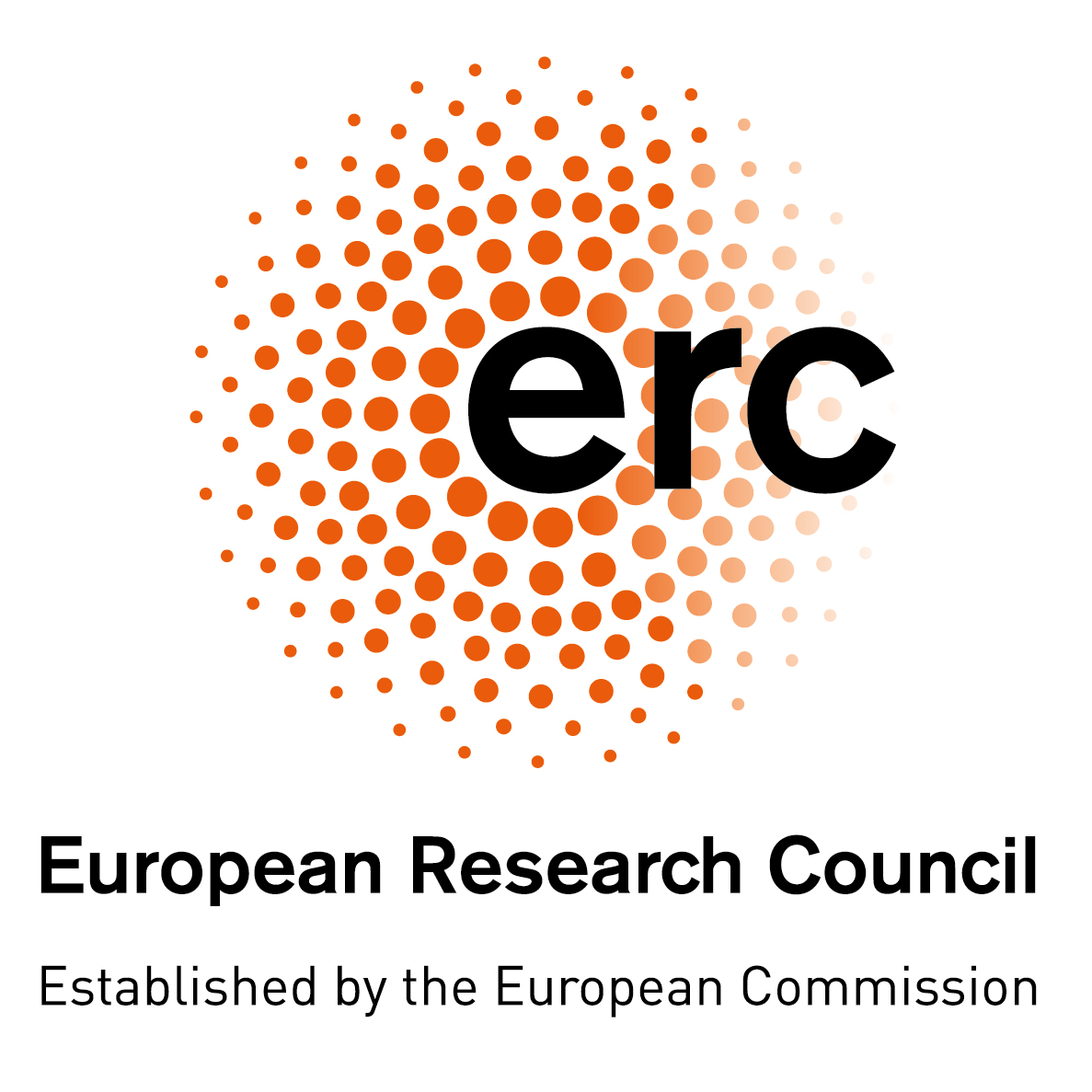

-
Natural sciences
- Ecology not elsewhere classified
- Biogeography and phylogeography
- Biology of adaptation
- Molecular evolution
- Phylogeny and comparative analysis
Diatoms are a group of highly diverse, globally dominant microalgae which contribute significantly to global carbon fixation and
biogeochemical cycling. Understanding how diatoms adapt to changes in their environment is therefore a major research interest.
However, whereas the phenotypic outcomes of adaptation have received considerable attention, we understand little about the genomic
underpinnings of evolution and adaptation in diatoms. Within DIADAPT, I will investigate the genomic processes that underlie adaptation
to climate shifts in diatoms. To this end, I will focus on two evolutionary radiations of non-model diatoms that are characterized by
the repeated colonization of different climate zones throughout their evolutionary history, yet that played out in different ecological
conditions: the aquatic and terrestrial realm. Comparative analyses of genomes and transcriptomes obtained from taxa that inhabit polar,
temperate, or tropical regions will be complemented with experimental evolution. As such, I will investigate the roles of both genome and
gene expression evolution in climate-driven adaptation over macro- and microevolutionary timescales, thus capturing different stages
of the adaptation process. By implementing DIADAPT within a robust phylogenetic framework and contrasting the two evolutionary
radiations, I will (i) formulate general insights into the genomic basis of climate-driven adaptation in diatoms, (ii) reveal the degree of
divergence and repeated evolution in adaptive solutions, and (iii) discern if and how adaptation is constrained by evolutionary history,
including differences in ecology, population size, and historical patterns of climate zone transitions. Altogether, the integration of macro-
and microevolutionary approaches on the scale of genome and gene expression divergence will generate a deep understanding of climate-
driven adaptation in a keystone microbial lineage on an unprecedented geographic and taxonomic scale.